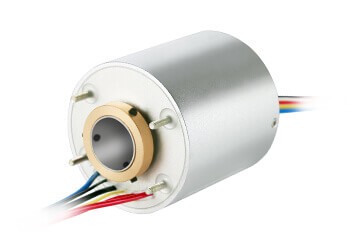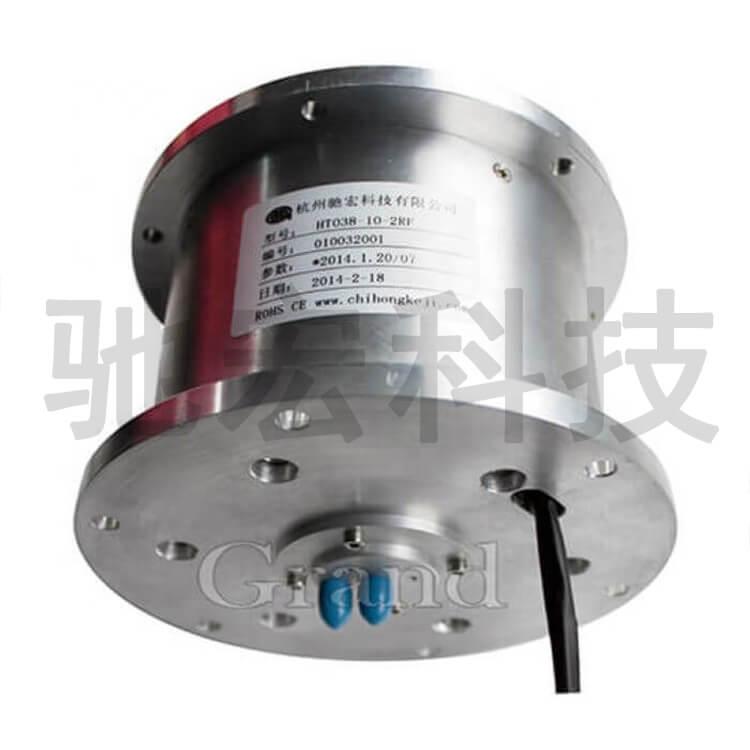Slip rings are used in a variety of applications, and they provide a flow of electrical charge or current between the static and rotating parts. Slip rings are electromechanical devices that offer an uninterrupted electrical charge. For any system where a seamless and continuous flow of current is needed, a slip ring may be handy in such situations.
Slip rings are made with a metal brush that functions as a connection or contact. It also consists of several metal rings that keep the internal components fixed as well as a protective part. There are several types of slip rings, and one particular kind of slip ring we shall be looking at is a high-temperature slip ring.
What are High-Temperature Slip Rings?
As the name implies, these types of slip rings are designed to function or operate effectively at extreme temperatures. The maximum temperatures at which high-temperature slip rings are designed to operate may reach as high as 500°C. Some slip rings can, however, function at higher temperatures without any effect on their performance or output.
These types of slip rings are said to have a complete angle of rotation of 360°, which makes them suitable for several applications. However, some high-temperature slip rings are designed as four-way slip rings, which makes them more reliable than others. A traditional slip ring is designed to operate at temperatures below 80°C. But when it comes to increasing tolerance levels, these four-way high-temperature slip rings are reliable and more efficient for such purposes, and they are built with brush connections or inputs. The types of brushes used in these types of slip rings are quite different from those used in traditional slip rings.
The first type of slip ring that is designed to function at a high temperature is the high-temperature thermocouple. They are often referred to as domestic slip rings, which may be used in industries.
A system that requires both mechanical and electrical applications is known as an electromechanical system, and it employs the use of high-temperature slip rings. Such systems require complete rotation in a big temperature environment. Because they can withstand high temperatures, they help to simplify the operability and function of a system.
Just like traditional slip rings, high temperature slip ring also come with stationary connections or brushes that are made from conductive metals. These connective metal contacts can be made from a metallic material like graphite. These stationary metal brushes come in contact with a rotatory surface with rings made from metals. These rotating rings, as we have earlier explained, help to hold other components together while working effectively with the stationary part.
Gold is often used as the metallic material for the rotating rings in the case of high-temperature slip rings. Due to their ability to rotate at a 360-degree angle, there is an uninterrupted flow of electrical charges without power disruption. Less energy is consumed when using high-temperature slip rings to carry out operations, which makes them easily meet their power requirements. Gold, when used as a material in making the rotating rings, provides much higher efficiency and is more reliable when compared to other metallic materials. They are also said to provide longer and better signals.
Different companies manufacture high-temperature slip rings. Some of these companies are known to provide high-quality slip rings with guaranteed durability and high performance. Examples of such companies include Mouflon, Berlin Times, Comau, and Sending.

Design of High-temperature Slip Rings
Two different processes are used in designing high-temperature slip rings. The first design process is referred to as an injection process, while the other is called a laminate-pressed process. Precious metal such as gold is used in the coating of rotating rings due to their high conductivity and low susceptibility to corrosion. Gold also has low resistance as well as a very high melting point of up to 1064°C. In addition, gold can withstand very high temperatures.
By providing low resistance, gold-coated rotating rings ensure that there is less power loss in the system. With all these outstanding properties, gold is, therefore, suitable for use in high-temperature slip rings.
Testing of High-temperature Slip Rings
These slip rings that operate at high temperatures are tested to ascertain their reliability and effectiveness when used in different applications. Testing of high-temperature slip rings is carried out at different environmental conditions and through different means. One way the reliability of this type of slip ring is tested is through a vacuum that is used at different temperatures.
Using a vacuum to test the reliability of high-temperature slip rings at different temperatures helps to determine how well they will function at different temperature levels. Testing of high-temperature slip rings also helps to ascertain the ratio of signal to noise in the slip ring. The outcome of several experiments conducted during the testing shows that there is a minimal impact of temperature on the transmission of signals.
High-temperature slip rings are designed as single circuits that are built with a 250rpm working speed. They are durable and highly efficient with minimal energy loss during operation. They are said to produce low noise and can be used in virtually all environments due to their durability and low torque production.
Application of High-temperature Slip Rings
These slip rings enjoy a wide range of applications in areas such as heating materials, drying ovens as well and the automation industry. They can also be applied to different military gadgets or instruments. High-temperature slip rings are used in most manufacturing equipment, electrical tests, and packing materials.
Some Drawbacks of High-temperature Slip Rings
Just like every other piece of equipment, high-temperature slip rings also have some disadvantages, which include wearing the contacting surface as well as hazards associated with high-temperature handling. Other disadvantages include corrosion, burn, crack, and peeling of the metal. In the case of corrosion, it can result in high resistance, which may hinder the operability of the slip ring as well as increase energy losses. There is a reduction in the efficiency of a slip ring due to an increase in energy losses.
Conclusion
Some of the problems associated with using high-temperature slip rings can be prevented by ensuring that they are properly installed. It is also essential to identify the design temperature of these slip rings and avoid using them in applications where the operating temperature is higher than the actual design temperature.
See What We Can Do

